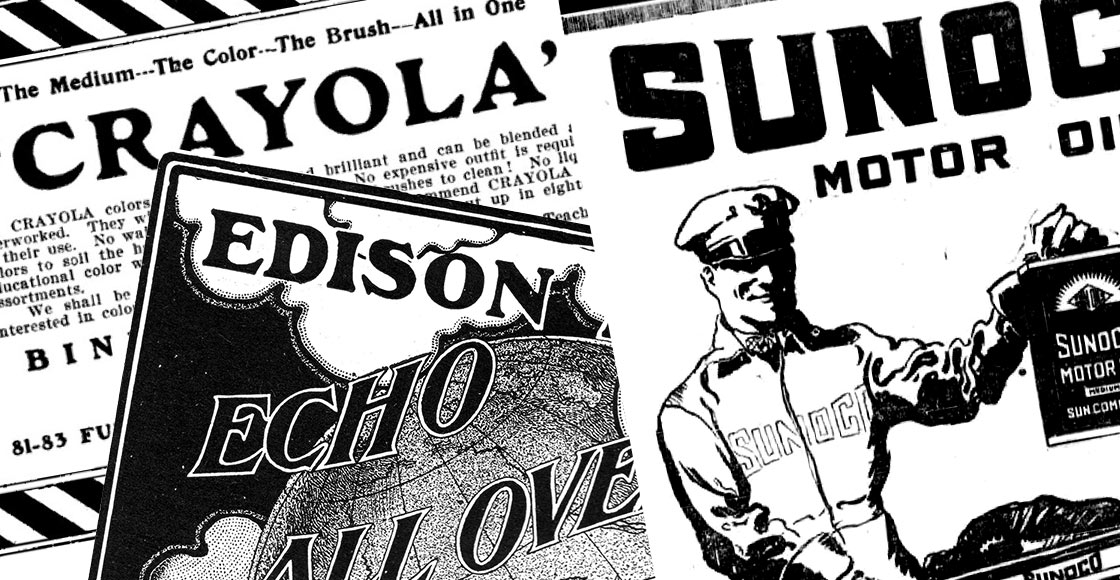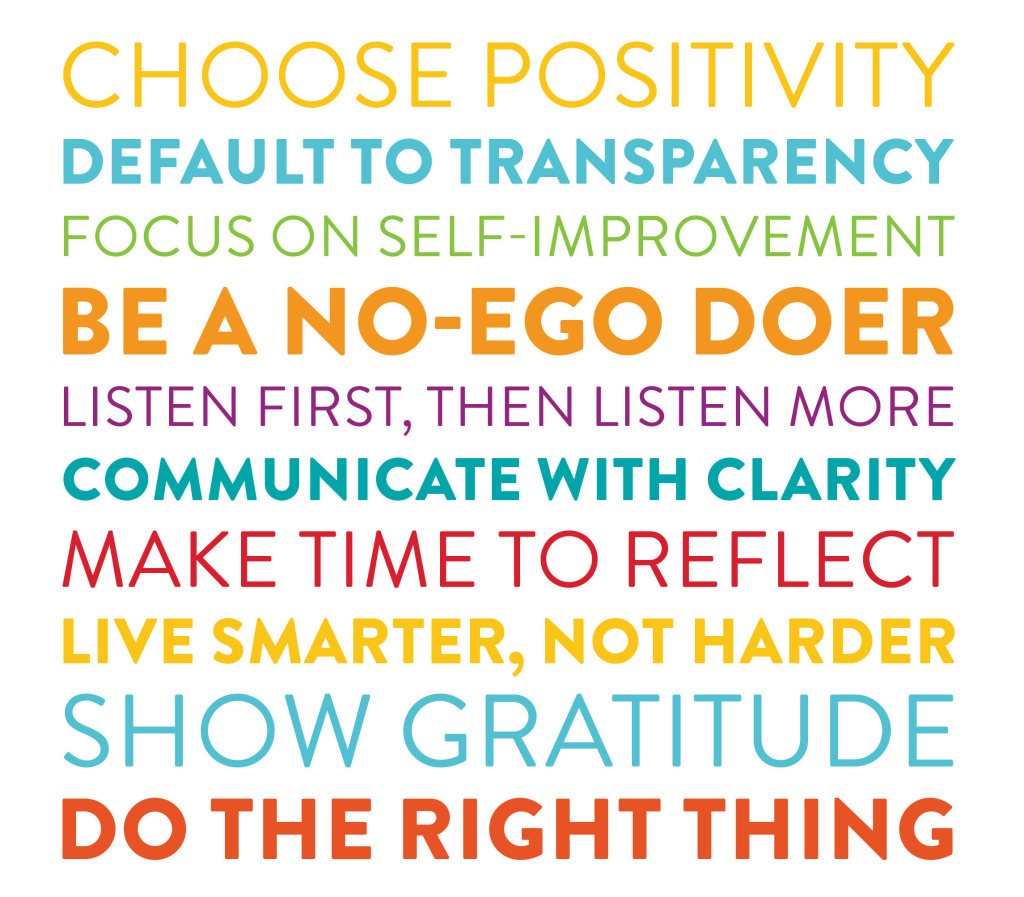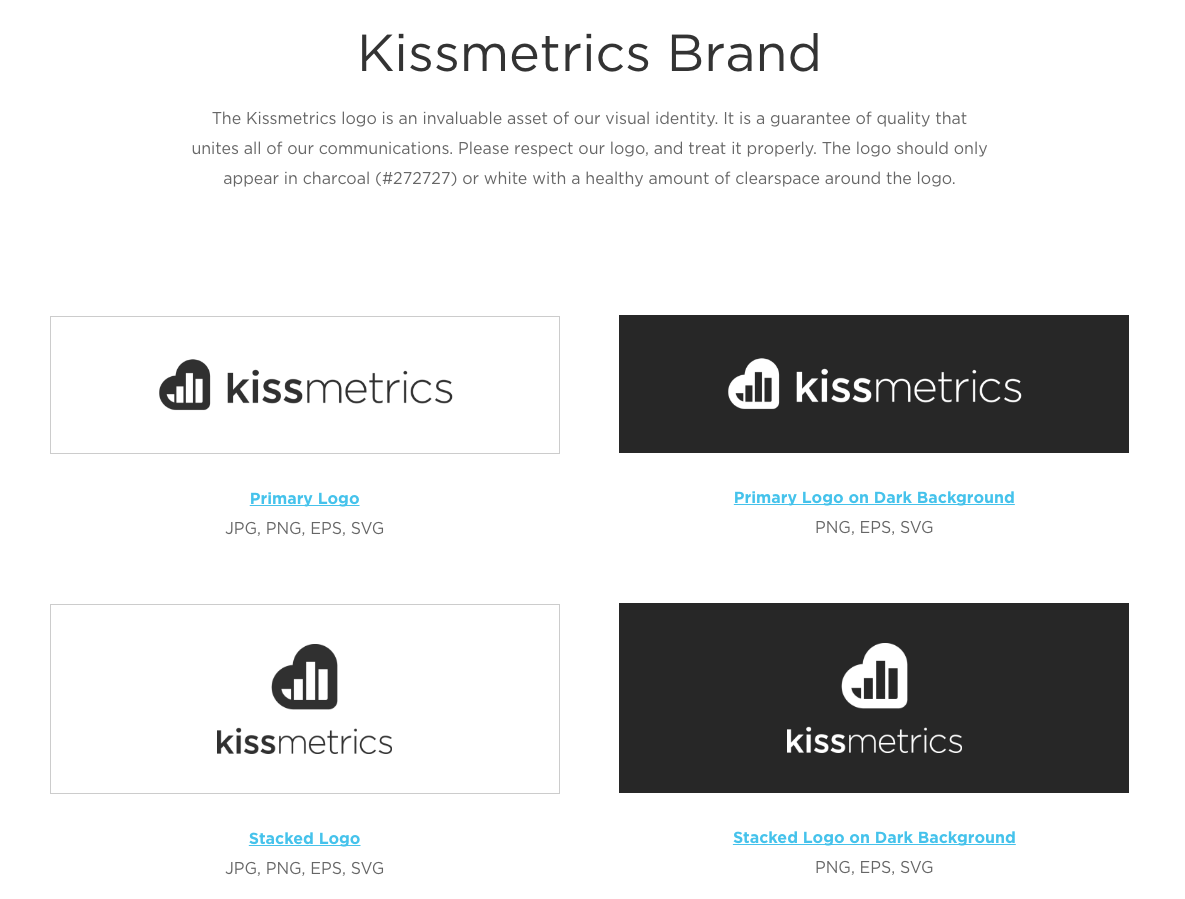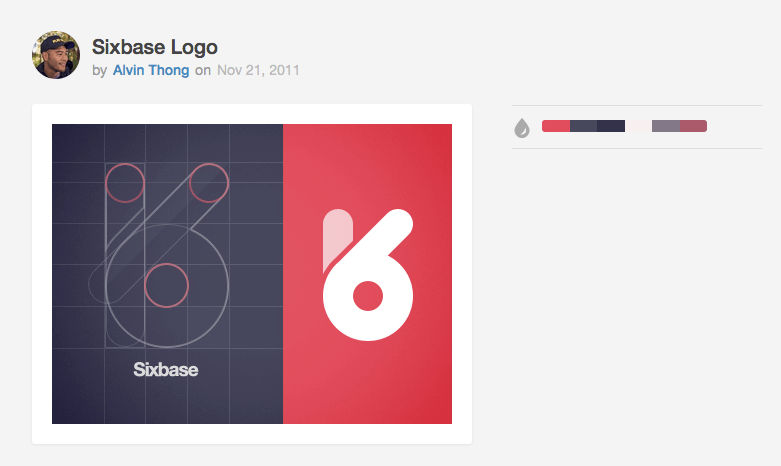If you’re one of the thousands of ecommerce stores online that’s solely competing on price…well…I feel for you.
And at the end of the day, after you all fight each other, Amazon probably takes your lunch.
Ouch.
Stop Building an Ecommerce Store and Focus on Building a Brand
That’s right.
It’s so easy to be consumed by your own inventory.
“We gotta move that stuff! It’s been sitting there forever!”
I agree. Nothing is worse than putting beautiful dollar bills into useless, worthless inventory that won’t move. It’s like growing negative money.
Ugh.
It’s a constant worry that demands your attention and time.
Which means you probably have very little time to think about brand building.
But, ironically not focusing on brand building is REALLY what’s creating a reversal in your business fortune.
It’s your brand that will save your business and make it successful for years to come.
Not by having the lowest prices or fastest delivery times. Let your competitors race to the bottom. Let them maul each other to death. Instead, let’s climb the ladder to the land of profits and stress-free living. Ready?
First of All – What Exactly Is a Brand?
A brand is more than just a logo. A brand is really a specific experience.
Your brand is defined by a state of mind that persists throughout your company. It determines:
- How your employees answer the phone
- What your unboxing experience is like
- How much effort and awesomeness went into your brand style guide
- Whether or not you the owner talks to customers directly and are easily accessible
- Whether or not your company has a list of values it lives by
- How you respond to customer complaints
- How you react to bad press or social media goofs
- Your company culture
- The attention to detail on just about everything
Ultimately, what you’re building is a cult. When your customers become such raving fans that nothing you do will make them leave – then you’ve done your job as a company founder. This kicks the crap out of low prices every day of the week.
And even better…
It means you can actually not lower prices and be profitable!
Let’s get into how you can start building your ecommerce brand.
Step 1: Write Down Your Brand Values
Your brand values are the glue that holds your company together.
They will help you through times when you come upon difficult decisions. When there’s no set response or it’s a new situation, turn to your brand values. That way, you’ll automatically do what is right.
You’ve all heard of those famous social media blunders right?
Well, a great set of brand values could have saved a lot of those companies red faces and revenue. When brand values go all the way up and all the way down in an organization, all your communication can be tested before it goes out by just asking: does this fit our brand values?
Ultimately, what should happen is your mindset as a business owner will completely change. You’ll view doing business and how you interact with customers in a completely different light. You should feel really unique in your industry once you’re done hammering out your brand values.
If your brand values don’t make a profound impact on how you approach everything the day after you’ve published them – you need to keep working on it.
Here are Buffer’s values. Read this post to fully understand them.
It should be empowering. You should feel like you don’t have competition any longer. Like no one can touch your brand. That’s the real goal – to really differentiate your company.
When you’re really done with your brand values, you can say:
Our brand is now a completely new experience that the earth hasn’t yet interacted with.
Step 2: Make Sure Your Employees REALLY Understand Your Brand Values
If you’re a lone wolf in your industry, well, I guess you can skip this step.
If you have employees, even if it’s just one employee, you need to transmit this brand value knowledge to them.
Now, just giving them a Google Doc won’t cut it. They won’t read it.
One of the best ways to have it seep into their brains is to publish them on your website. Then, every time they ask you a difficult question – have them refer to the brand “bible”. This routine is a good way to build the brand values with your team.
Obviously, this doesn’t work for questions like, “Where did we store the 3/8” gizmos?”
Well, wait a second..
Actually, if one of your brand values is, “We always run a tight ship – We collectively spend the last hour of the day cleaning up shop, putting everything back, labeling and organizing…because we want to run a tight ship. A tight ship stays afloat at sea.”
…then your brand values help to solve these sorts of questions/problems.
However, questions like, “I have a customer on the line that’s pretty pissed off about an order, but it’s not our fault, the supplier packaged the wrong parts”…this is where the brand values should do wonders.
In this case, you know they are working when:
- Your employees stop asking you how to solve these kind of problems
- They know exactly how to solve it and make the customers ecstatic
- Your customer lifetime value begins to increase
If you find that they still don’t help your employees solve difficult questions, keep iterating on them until you have a well-oiled machine.
Part of building a great company is to design a business where employees are somewhat autonomous and can solve problems without constantly asking people in higher positions for help.
Now, it is your job to provide your employees the tools they need to solve problems. Whether it’s a Wiki, guides, infrastructure – they’ll need resources available to solve problems. The brand values serve as the guiding spirit of the company to make your daily operation all come together seamlessly.
When your employees can perform your brand’s magic on their own, you’re light-years ahead of your competition.
Step 3: Create Hiring Questions Based on Your Brand Values
The people you hire will make or break your brand. But again, a good set of brand values will help you hire the right people.
Most people go to a job interview prepared to act. It’s an audition where they try to impress the employer with answers they think they want to hear.
It’s your job to flip the script.
One unusual approach is to have them interview you. The beauty of this role reversal is you quickly see who has a brain and who is creative.
Ask them to interview you in such away to see if you’d be a boss they would want to work for. The idea here is that your brand and cultural values should match through the prospective employees’ questions.
For a more traditional approach, create a list of interview questions based off your brand values. Let’s say we’re Buffer. Here are some questions you could ask:
- The Ego Check – “Tell me about one of your failures.” Most people will give you a pretty weak example of a slight boo-boo that was not at all a big deal. What you want to hear is honesty. A real mess up. And how they learned from it. Nothing is a better ego check that hearing about real human mistakes humbly given.
- The Spike Lee check (Do The Right Thing) – This is a fairly straightforward check. Just illustrate a common customer problem/complaint you have at your company and see how they would solve the problem.
- Are They A Self-improver? – “What were the last 3 books you’ve read?” This is an easy starter question, because if they list any self-improvement books, then you’re squared away. Another way to go is to ask about their daily rituals, as that might uncover some insight on how they work on improving away from work.
Here are some questions you can finish the interview off with that might add more clarity to your hiring decisions:
- What are ethics? I love this question (well mainly because of a few scenes from the movie Election) because most people can’t define the word. It really weeds out the smart folks from the average folks. Plus, if they care to remember what the word means, chances are they’re pretty thoughtful. It might be a tad too harsh of a filtering question though.
- What’s your favorite brand and why? This lets you know if they understand branding. If they do, they’re ahead of the game!
- Who are our competitors? This checks to see if they did their homework before the interview. Plus if they know your competitors, then they can tell you what you’re doing wrong. ☺
Step 4: Create a Style Guide
I believe all business owners should have a decent sense of taste. They should know what looks good and what looks like crap.
If you’re a business owner / founder, then you’re the visionary for your brand. In your mind you probably have a vision of what your packaging, website and logo should look like. If it looks terrible to the masses, well then, you’re in trouble ☺.
I recommend studying graphic design and spending time on sites like Dribbble as often as possible.
This is one of those Steve Jobs characteristics you’re going to want to acquire.
We’re not all artists. But we can learn to know what looks good and what doesn’t.
Your Logo
The first part of your style guide should go over the details of your logo. Now, I highly recommend you get an amazing graphic designer to create your logo. Unless you’re an amazing artist yourself, chances are you won’t be able to put the magic touch on your logo.
You might know what looks great when you see it. But that’s a totally different skill from crafting a great logo.
Be prepared to spend a couple weeks getting the design just right. This is your brand and your vision, so you’re going to have to really dig deep during this time to dial in your brand identity. Designers should be expecting this process. If they object to a few back-and-forths, that’s a red flag.
You’ll want your graphic designer to deliver your logo as a vector graphic so you can perfectly scale your graphic to any size and for any application without any loss in quality.
If they send you a Photoshop file (.psd), that won’t cut it. It should be either an Adobe Illustrator file (.ai) or a .svg (scalable vector graphic). Some will send a PDF, but those are not always intuitive to work with.
Generally, your graphic designer should provide you with two variations: one that works well on a light background and one that works well on dark background. This is also a good sanity check: make sure the final logo actually can work in either background scenario.
Many brands will dedicate a webpage to how their logo should be properly applied. Below Kissmetrics describes how the logo should be applied and where someone can find the correct brand logo image files.
The graphic designer should define rules regarding how much margin should be placed around all sides of the logo as well as examples of “don’ts” – examples that visually show how the logo should never be applied.
Brand Color Palette
Finally, these days it’s nice to have a brand color palette. This will help you with other artwork decisions such as website color accents or additional colors that may go into printed material.
Fonts, Letter Spacing and Line Height
Yep this gets pretty tedious. But it’s the attention to detail that helps establish the brand’s consistency.
Consistency is a very powerful part of a great brand experience. When your customers notice that nothing you deliver looks sloppy, whether it’s the consistent typography, letter spacing, line height on your box packaging (which also matches your website) or the careful way their order is packed – they make a mental note. They bookmark your brand experience as something that was special to them and worth doing again.
So have your graphic designer come up with a font choice, and a format for your brand’s typography that will be used from here on out.
I would go as far as to say you should put the finalized style guide on your website so everyone can reference it at any time. Unless, of course, you’re worried about counterfeiting – then you may want to keep it locked up as an internal document.
Step 5: Live It by Asking This Question Daily
Is this good for the brand?
This is only question you need to ask every day.
Every difficult question you come upon – just refer to this question (which then should refer to your brand value guide). Of course, you should have the brand value guide memorized after a couple of weeks.
But it starts with you the owner / founder.
Train yourself to ask this question repeatedly.
Wait!?! How Is This Going to Increase Our Profits?
Ah ha! Not so fast.
If you haven’t already, start by interviewing your customers. Start with these high level inquiries:
- What products are they looking for?
- What value are they looking for?
- What experience are they looking for?
- What education are they looking for?
After you’ve compiled a good amount of data, ask yourself: What do our brand values tell me to do here? This will help you forge a customer and brand experience to set you apart from the competition.
For instance, you may find that your customers want to buy from you, but don’t feel like they have the education or resources to use the product. Or in some cases, they aren’t provided with the education to help them figure out what product to buy!
Providing excellent educational resources not only brings in a lot of visitor traffic (because of SEO), it also establishes your brand as a trusted authority in the space. Trust and authority is great at sealing the deal.
And with your new magical brand experience put in place, things like educational content makes a much larger impact on new and old customers. Perhaps the way it reads is not only easy on the eyes and looks great – it has a company voice that’s humorous and a pleasure to read. Meanwhile your competitors have stale product descriptions copied over from the manufacturer’s site, killing their SEO (because of duplicate content), and ultimately boring customers away.
You see the difference a brand makes over a regular old business? Every wonder why most businesses fail, but brands withstand the test of time?
Before I go, I’ll leave you with this quote:
You might make a few more bucks for now, but not for long and not with pride. Someone will always find a way to be cheaper or more brutal than you. – Seth Godin
About the Author: Sean Work is the VP of Inbound Marketing at Crazy Egg. Learn what is on his mind at seanvwork.com/blog.






